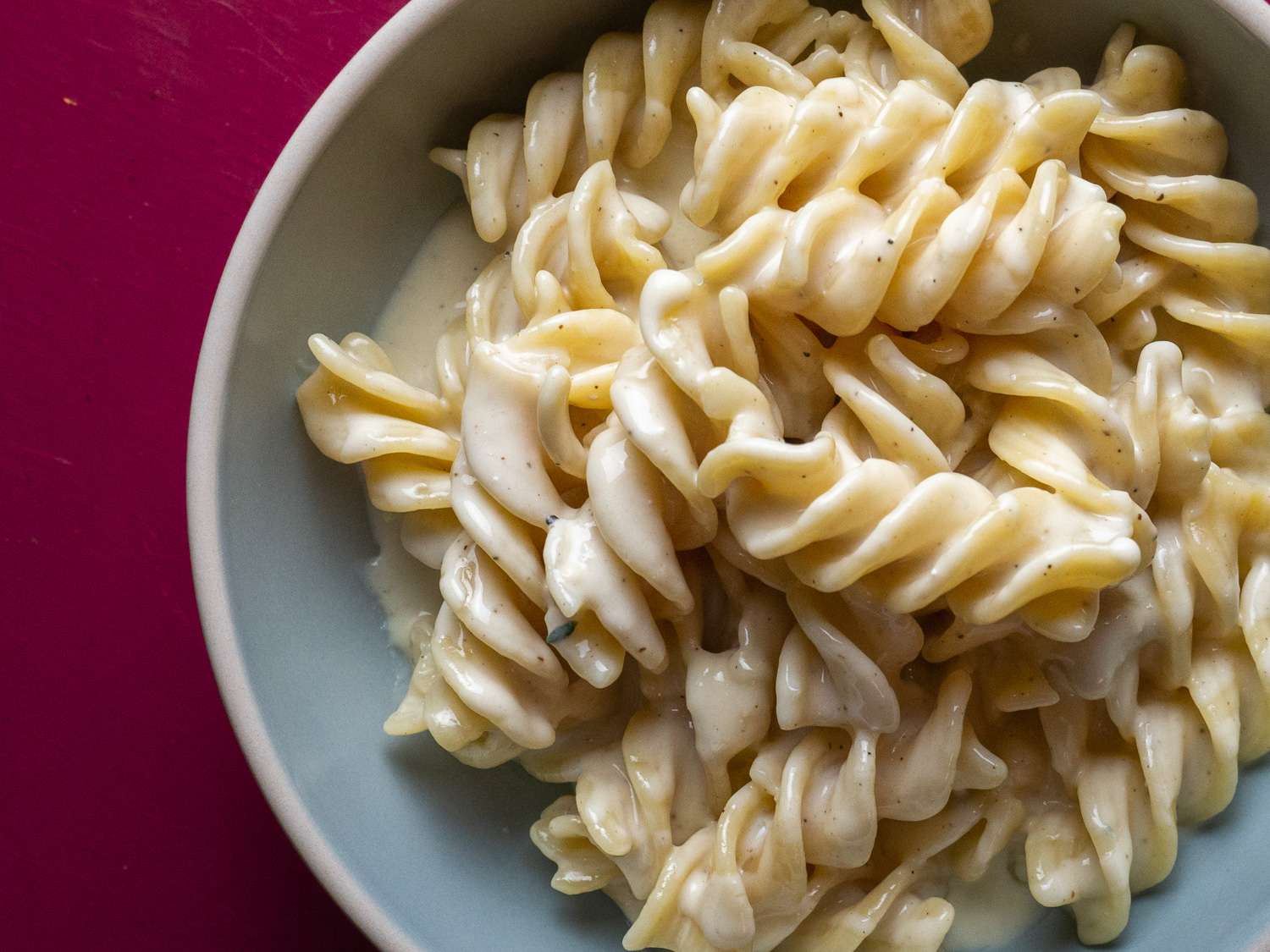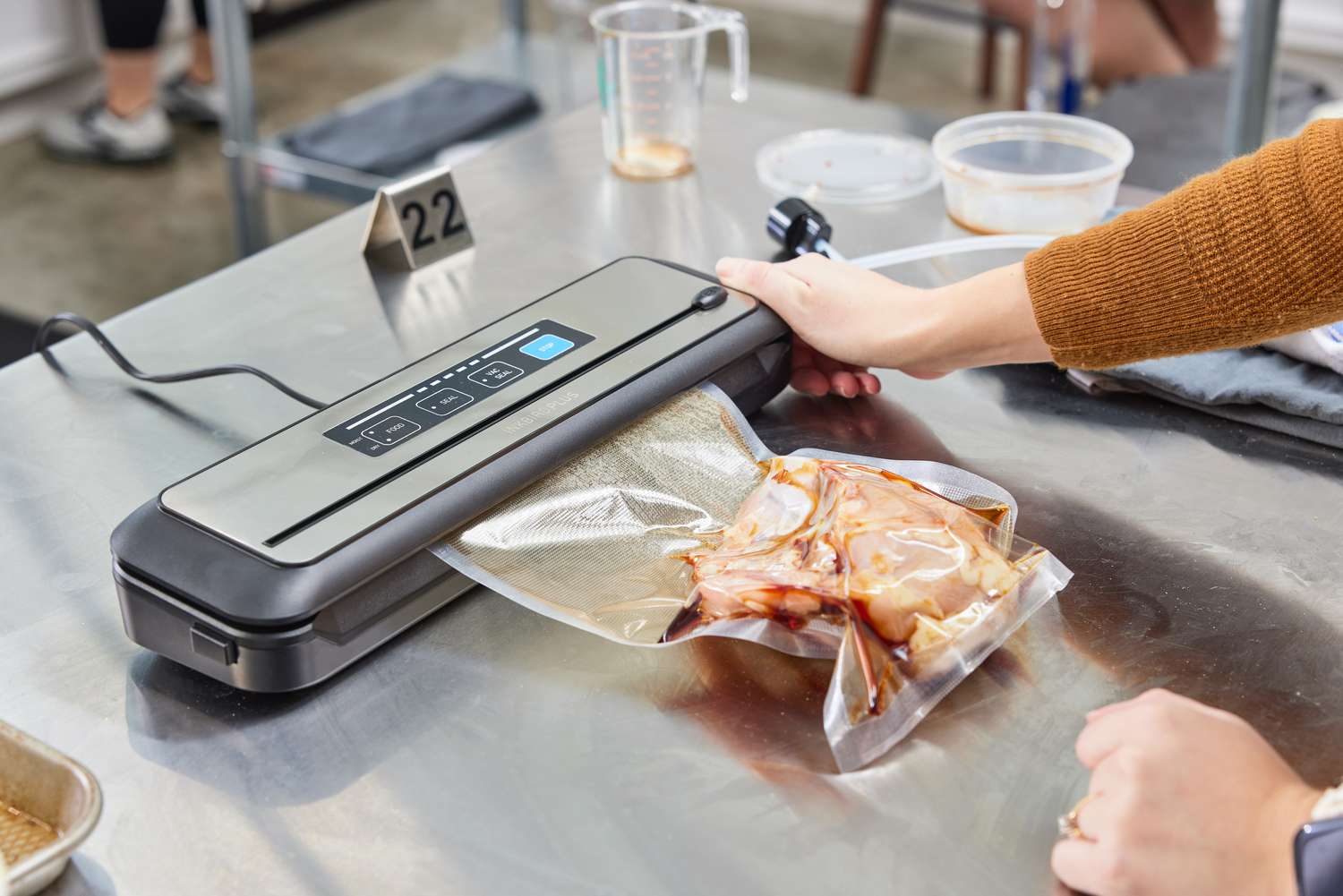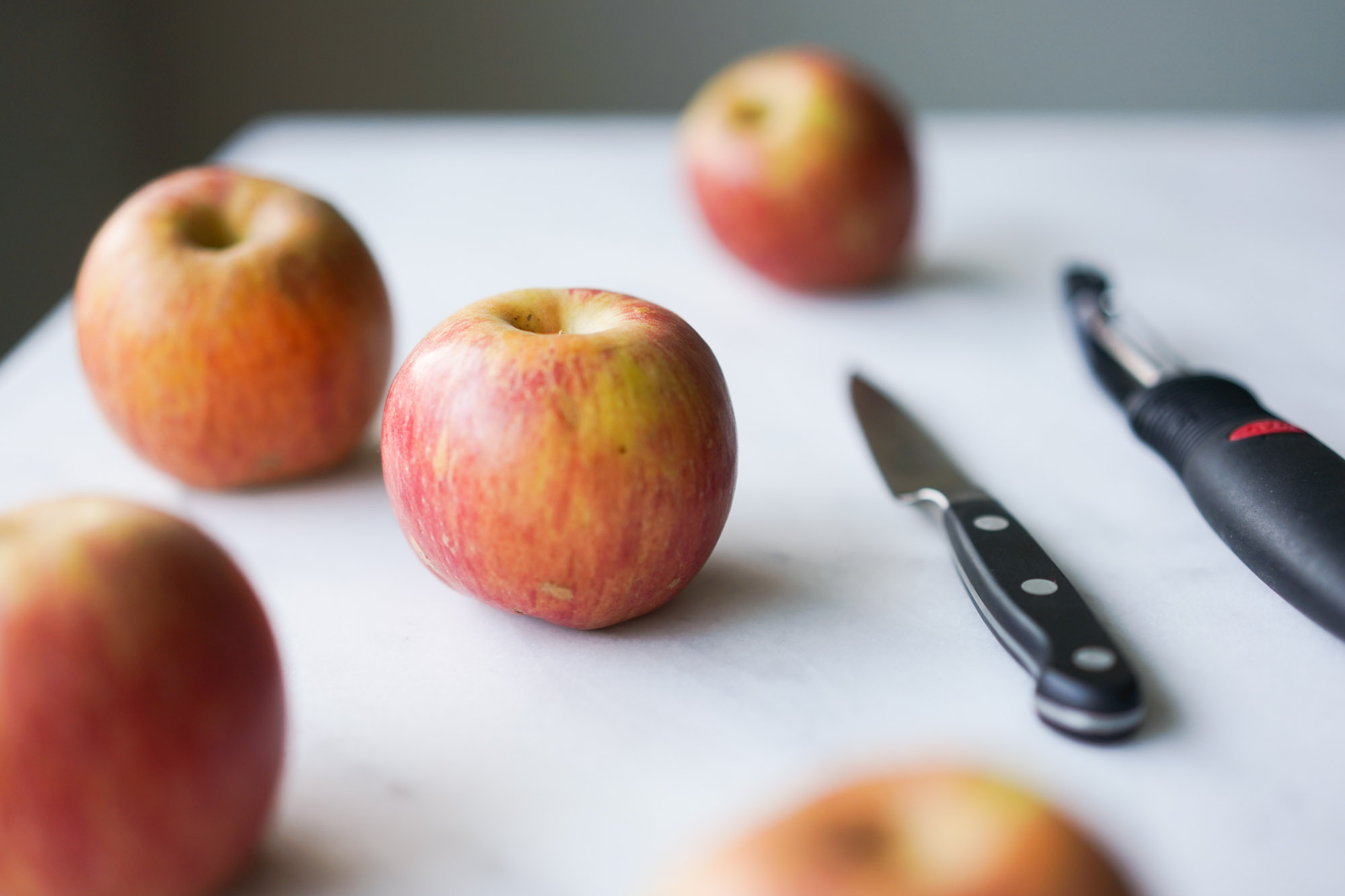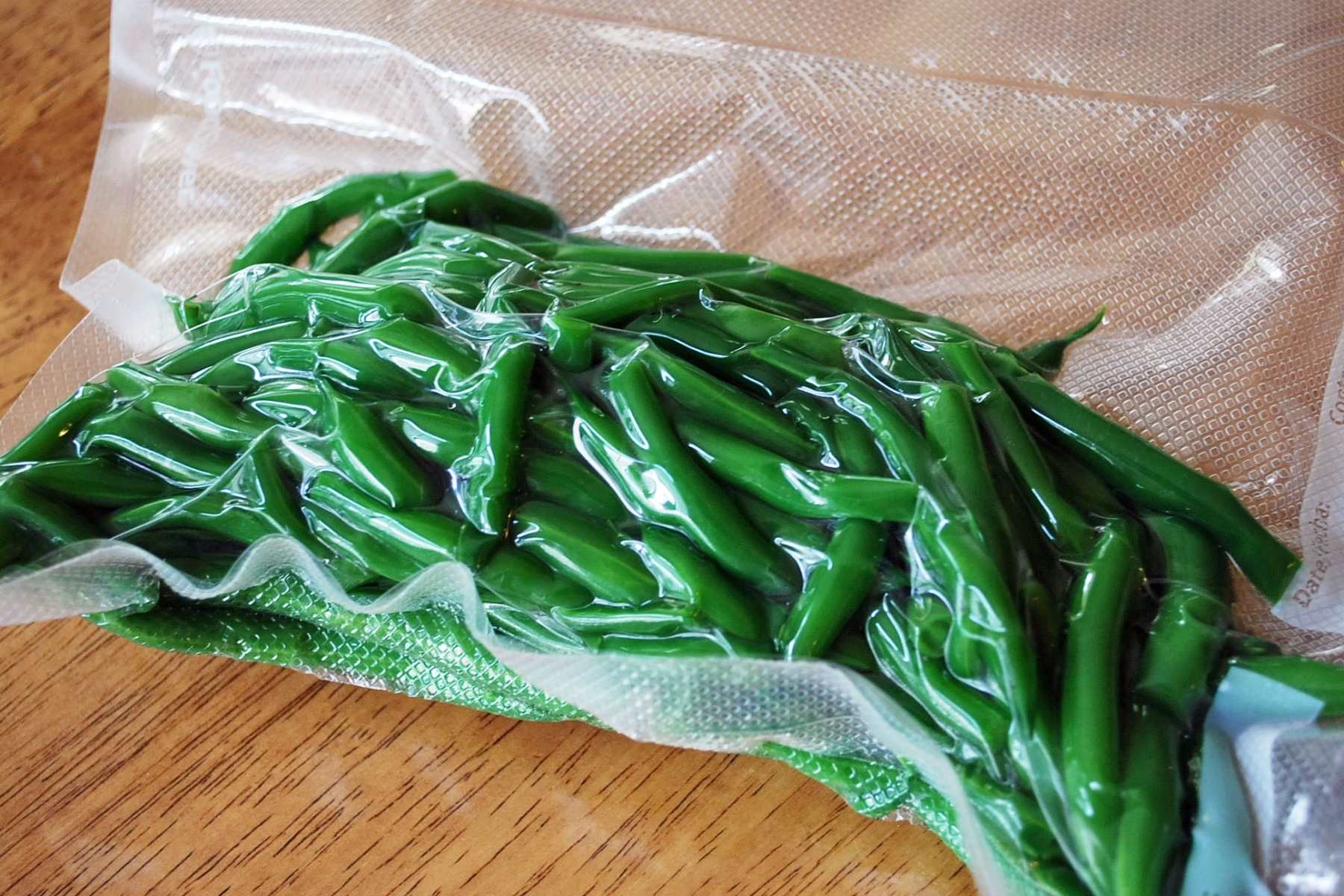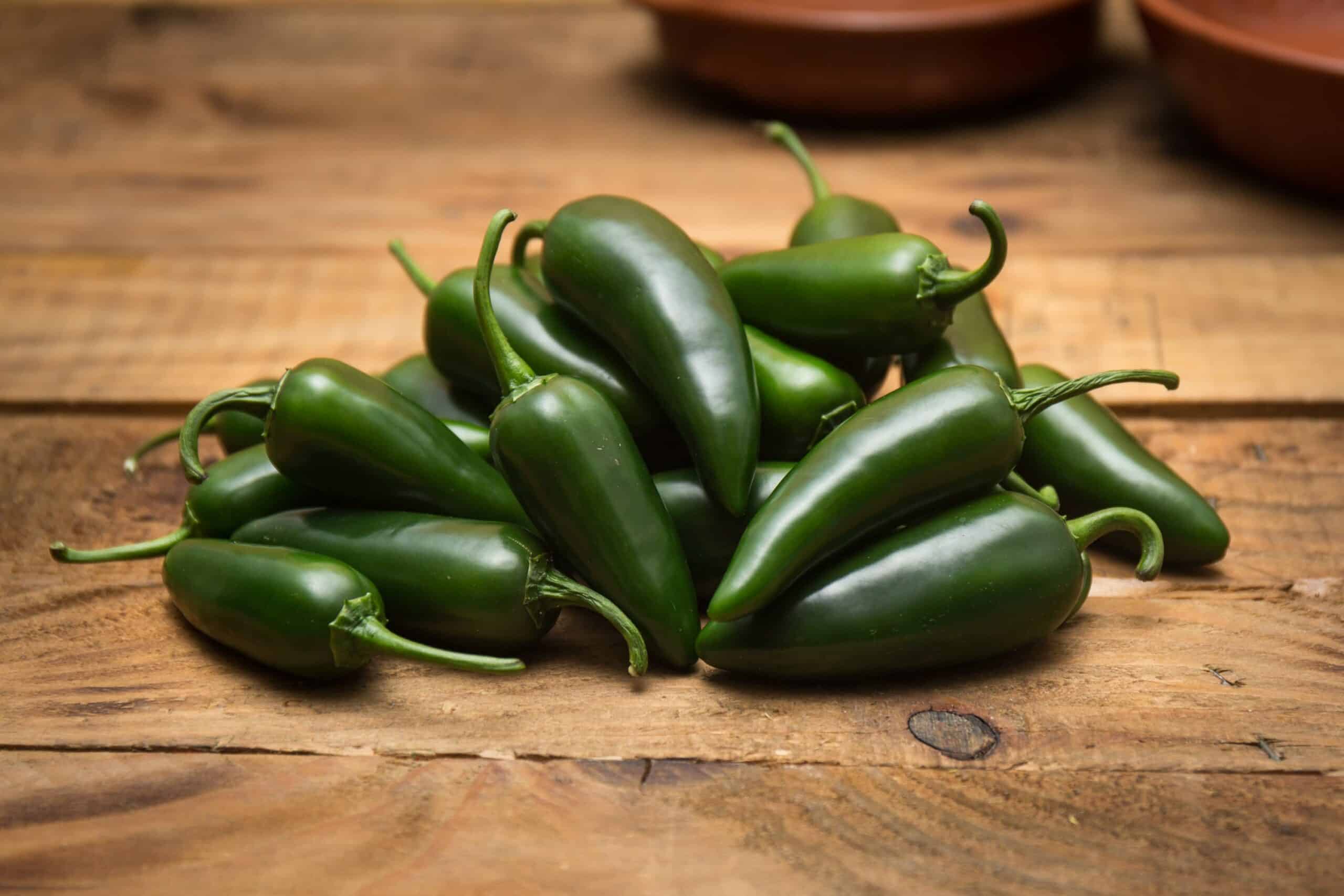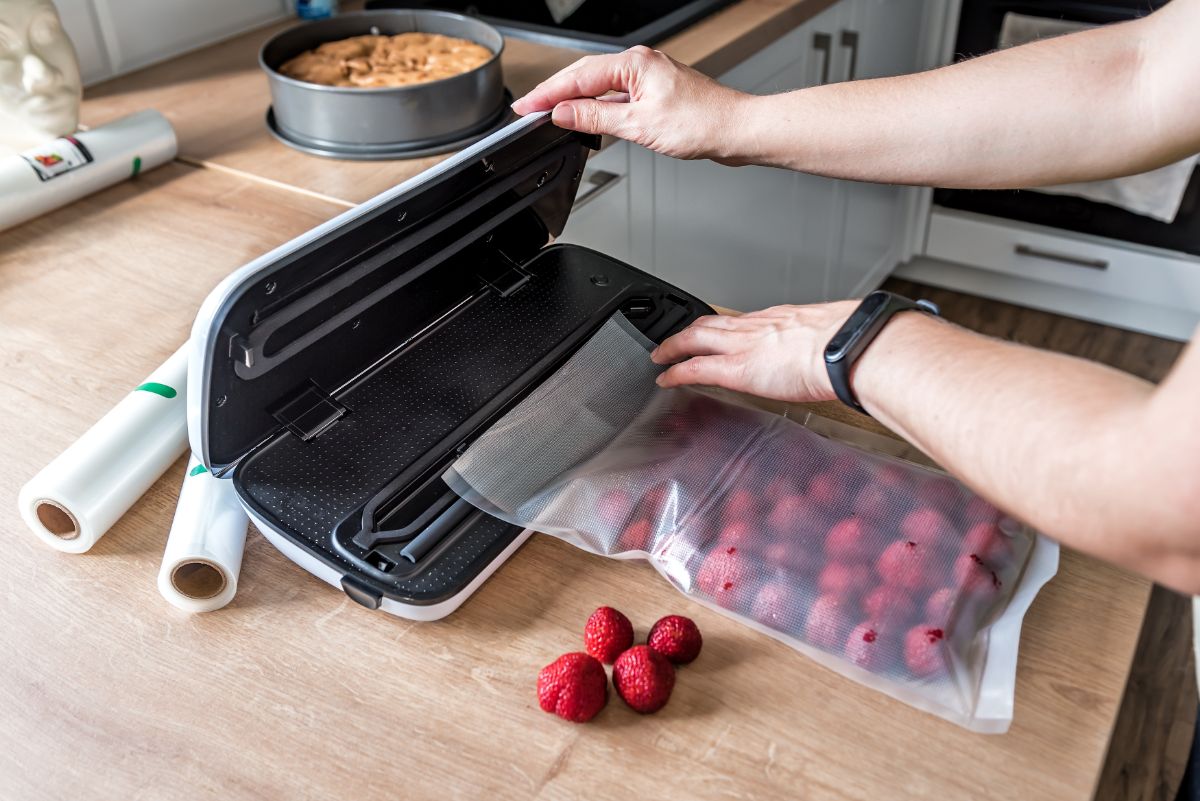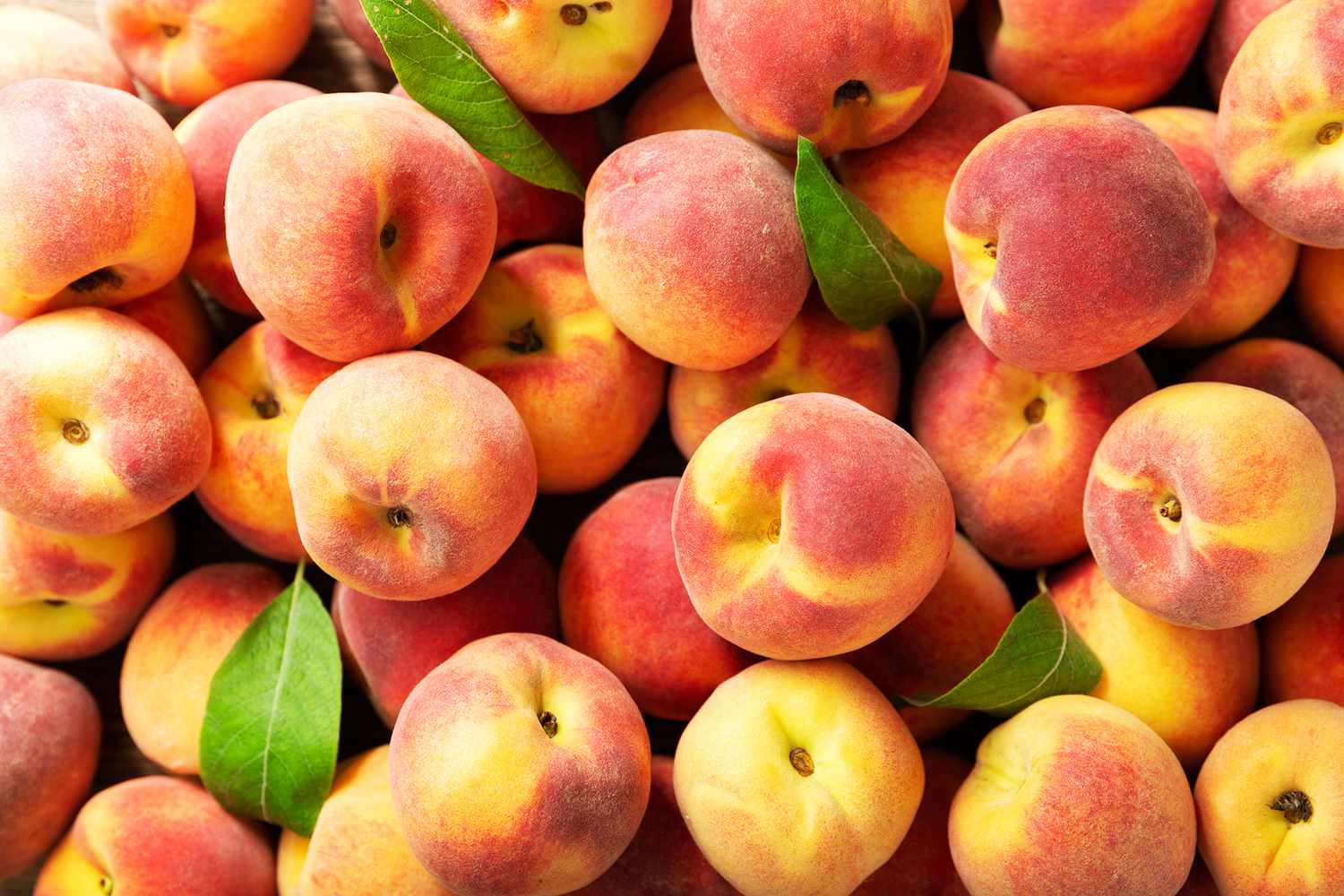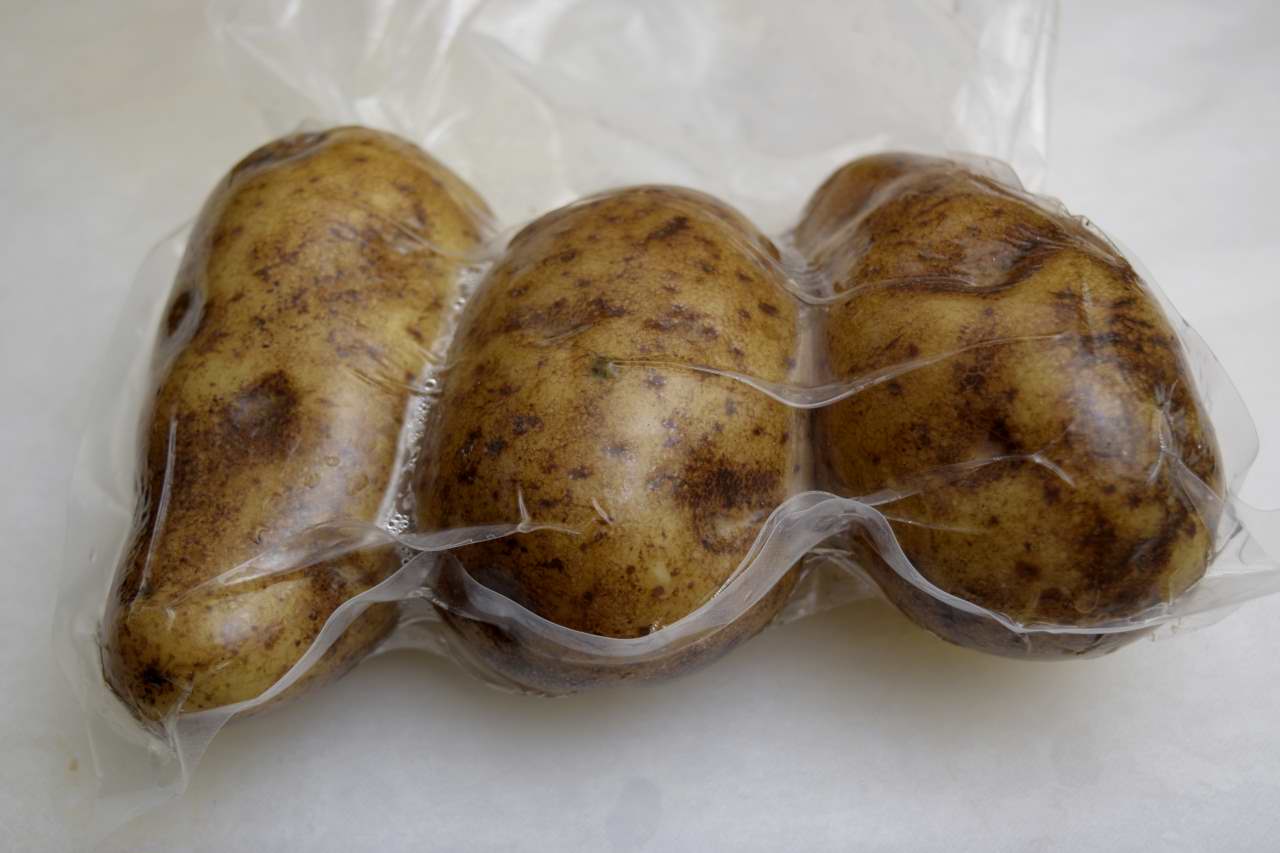Preserving Your Harvest: A Guide to Vacuum Sealing and Freezing Tomatoes
As summer comes to an end, many of us find ourselves with an abundance of fresh tomatoes from our gardens or local farmers’ markets. While enjoying them fresh is delightful, preserving them for later use is a great way to enjoy the taste of summer all year round. One effective method for preserving tomatoes is vacuum sealing and freezing them. In this guide, we’ll walk you through the process of vacuum sealing and freezing tomatoes so you can enjoy their flavor and nutrients long after the growing season has ended.
Why Vacuum Seal and Freeze Tomatoes?
Vacuum sealing and freezing tomatoes is an excellent way to retain their flavor, texture, and nutritional value. By removing air from the packaging, you can prevent freezer burn and extend the shelf life of the tomatoes. Additionally, this method allows you to store tomatoes in a compact manner, saving space in your freezer for other goodies from the garden.
Steps to Vacuum Seal and Freeze Tomatoes
Follow these simple steps to vacuum seal and freeze your tomatoes:
- Choose Ripe Tomatoes: Select ripe, blemish-free tomatoes for the best results. Overripe or bruised tomatoes may not freeze well.
- Wash and Dry: Thoroughly wash the tomatoes to remove any dirt or debris. Pat them dry with a clean kitchen towel.
- Prepare the Tomatoes: Remove the stems and cores from the tomatoes. You can also choose to peel them if desired, although it’s not necessary for freezing.
- Package the Tomatoes: Place the prepared tomatoes in vacuum-seal bags or airtight containers. Leave some space at the top of the bag or container to allow for expansion during freezing.
- Vacuum Seal: If using vacuum-seal bags, follow the manufacturer’s instructions to remove air and seal the bags. If using airtight containers, press out excess air before sealing the lids.
- Label and Freeze: Label the packages with the date and contents, then place them in the freezer. Tomatoes can be stored in the freezer for 8-12 months.
Tips for Vacuum Sealing and Freezing Tomatoes
Here are some additional tips to ensure the best results when vacuum sealing and freezing tomatoes:
- Use High-Quality Bags or Containers: Invest in good-quality vacuum-seal bags or airtight containers to prevent freezer burn and maintain the quality of the tomatoes.
- Remove Excess Air: Ensuring that there is minimal air in the packaging will help preserve the tomatoes and prevent freezer burn.
- Consider Pre-Freezing: If you’re concerned about the tomatoes getting crushed during the vacuum sealing process, consider pre-freezing them on a baking sheet before transferring them to vacuum-seal bags or containers.
- Label Clearly: Always label the packages with the date and contents to keep track of how long they’ve been in the freezer.
- Use Frozen Tomatoes in Cooking: While frozen tomatoes may not retain their fresh texture, they are perfect for use in soups, stews, sauces, and other cooked dishes.
Enjoying Frozen Tomatoes
Once you’ve vacuum sealed and frozen your tomatoes, you’ll have a supply of delicious, homegrown produce at your fingertips throughout the year. Whether you use them in sauces, soups, or stews, you can enjoy the taste of summer even in the depths of winter. With these simple steps, you can savor the flavor of ripe, juicy tomatoes long after the growing season has passed.
Preserving your harvest through vacuum sealing and freezing tomatoes is a rewarding way to make the most of your garden’s bounty. By following these steps and tips, you can enjoy the taste of fresh tomatoes no matter the season.
To put those vacuum-sealed and frozen tomatoes to good use, readers should try the Homemade Marinara Sauce Recipe for a flavorful base that can be used in various dishes. For a refreshing appetizer, the Fresh Tomato Bruschetta Recipe is perfect. Those craving comfort food will appreciate the Tomato and Spinach Quiche Recipe, which combines the richness of eggs and cheese with the freshness of tomatoes. For a bold flavor, the Spicy Tomato Chutney Recipe adds a tangy kick to any meal. Lastly, the Tomato and Bean Chili Recipe promises a hearty, satisfying dish that's perfect for colder days.
Was this page helpful?
Read Next: How To Vacuum Seal Pies With Food Saver

